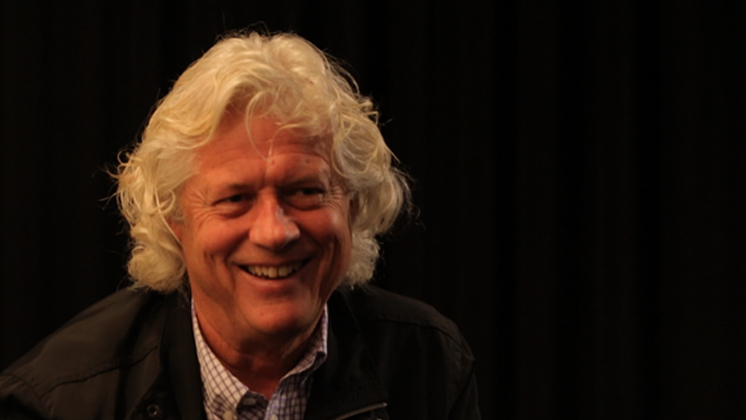Roger Donaldson: Sleeping Dogs, Smash Palace, Hollywood, and more…
Interview – 2014
In his early career, feature film director Roger Donaldson put himself in risky positions while filming adventure documentaries, including The Adventure World of Sir Edmund Hillary. With his friend Ian Mune, he created Winners & Losers, a landmark series of dramas based on stories by New Zealand writers, which in turn inspired the pair to adapt CK Stead’s novel Smith’s Dream into feature film Sleeping Dogs. The major turning point in Donaldson’s career was his feature Smash Palace, which screened at Cannes and earned rave reviews. Since Smash Palace, Donaldson has thrived in Hollywood, working with notable actors including Tom Cruise, Mel Gibson, Kevin Costner and Pierce Brosnan. He returned to New Zealand to make the Burt Munro biopic The World’s Fastest Indian, starring Anthony Hopkins.
In this ScreenTalk, Donaldson talks about:
- Filming commercials for Norman Kirk’s Labour Party
- Taking risks to film at high speeds on the Bonneville Salt Flats in Utah
- The treacherous conditions on The Adventure World of Sir Edmund Hillary, and having his feet warmed in someone else’s armpits while sheltering in a snow cave
- Getting support from Don Brash and the NZ Air Force for his counter-culture film Sleeping Dogs
- Arranging a private screening of Sleeping Dogs for then Prime Minister Robert Muldoon
- The moment he was inspired to write Smash Palace
- Convincing a reluctant NZ Film Commission to back the film
- Changing the child character from a boy to a girl after meeting Greer Robson
- How Smash Palace’s climactic train scene was filmed
- Writing a sequel to Conan the Barbarian with Ian Mune
- Taking over from David Lean as director of The Bounty
- Helping to create a Beach Boys revival thanks to the soundtrack to Cocktail
- Making up with Anthony Hopkins after falling out on The Bounty





